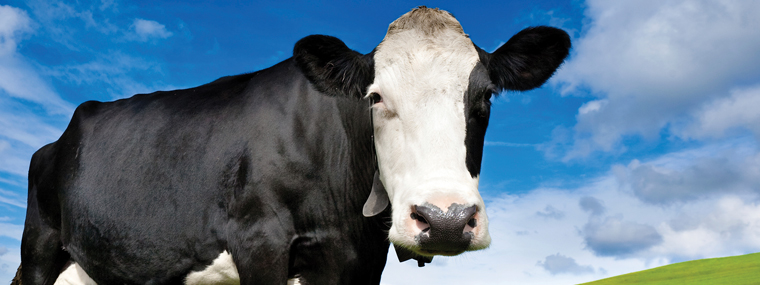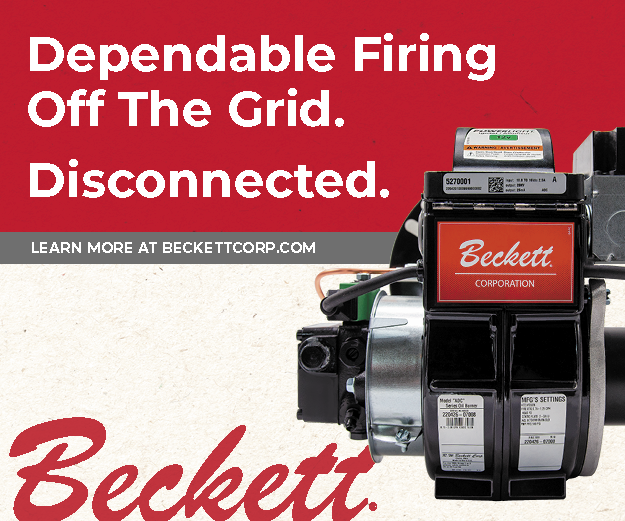
Evaluating Business Profitability: It’s About the Cow
By Diane M. Calabrese / Published July 2015

Customers may be buying. But is the business showing a profit? “It’s easy to get distracted by the end product,” says Andrew Snyder, the co-founder of Agent Clean. Snyder is based at the Walcott, IA location of his company.
“The most difficult aspect of evaluating business profitability is understanding the mechanics of the business model itself,” says Snyder. He uses a metaphor circulating in social media about the difference between ice cream, the end product, and the cow.
“It’s about the cow,” says Snyder. If anything goes awry that imperils the production or transport of milk, it will not be possible to sell more (or any) ice cream. For a business to be profitable, all the factors that support the sale of the end product must be in place, such as the ability to meet payroll and pay insurance premiums.
“One of the most important things when building a business is understanding the ebb and flow of not only the market and your customer base, but also understanding the logistics of carrying out said business,” says Snyder. For example, small, exterior cleaning companies must “perfect a model to account for slow or inoperable months.”
A new business owner will probably want to evaluate profitability frequently so that adjustments can be made. That might be at weekly intervals, says Snyder. As the business becomes established, a reasonable interval becomes longer.
Context benefits an understanding of business profitability. “What works very well is benchmarking,” says Jim O’Connell, president of Hotsy Pacific in Modesto, CA. “I’m part of a group of pressure washer distributors, and every three months, all the guys with this group—different sizes of distributors—compare results.” O’Connell says that CETA also has a good benchmarking program. And he has participated in it (see the June issue of Cleaner Times|IWA on page 32 for an article on CETA benchmarking).
Key performance indicators (KPIs) are very useful, evaluative tools, says O’Connell. They provide a check on the link between productivity and profitability. KPIs also signal when there are pricing issues, such as a gross margin that is too high and indicates overpricing. “We evaluate at least quarterly,” says O’Connell, who has been in business for 20 years. That makes it possible to plan or modify a plan, he explains.
“This year we’ve set up a true customer service department that handles 75–80 percent of calls,” says O’Connell. “Nine times out of 10, it will be able to handle the problems. It takes the burden off the other departments.”
Employees freed from taking phone questions that are easily answered can dedicate themselves to their primary functions in sales, service, or elsewhere. In doing so, they drive profit.
“Profit goes directly to growing your business,” says O’Connell. “When we started our business, we decided we were going to treat it as a big business from day one.” He explains he was well aware of the federal statistics that as few as four to six percent of new businesses succeed.
A successful business may still change owners. O’Connell has purchased other businesses, basing his decision to do so on a clear financial picture of the seller’s company and deep knowledge of the industry (“gut feeling, something my accountant hates,” he says).
“You’ve got to have an exit plan,” says O’Connell. “If this business can’t run without me, it’s worth nothing.”
Acting On Data
“One of the biggest problems everyone has to evaluate is where profit is coming from,” says Roy G. Chappell, CEO of Chappell Supply and Equipment Co. in Oklahoma City, OK. “You ought to break things down on a monthly basis—if sales are down two months in a row, you have to turn it around right away. You can’t wait six months.”
There’s a cost to each sale, explains Chappell. That’s in addition to the cost of the goods being sold. “We break down everything—building cost, insurance, etc.—to get the cost by department,” explains Chappell. Those costs factor into the cost of each sale.
From there, it’s a matter of scrutinizing sales by low-profit and high-profit sales. “The low-profit sales are connected to a sales person that discounts all the time,” says Chappell. “Sales people who are the best at their job don’t discount.” Instead, they sell more each month.
Consider a hypothetical example. One salesman might record $900,000 in sales and $50,000 in profit, while during the same interval another salesman records $300,000 in sales and $3,000 in profit. In the second case, only one dollar in every $100 of the transaction is profit; in the first, the profit is $18 for every $100 of the transaction.
Evaluating the profitability of a business illuminates possibilities for doing things better as a way to increase profit. For Chappell, it has included thinking about the way that prospective employees are interviewed. He uses several interview techniques that indicate how “much self-confidence, how forceful, how determined,” a new hire will be, he explains.
Chappell says he also looks for candidates who will be “good listeners.” The objective is to identify employees who will interact with the customer in a way that benefits the customer and the company.
Over the years, Chappell has purchased existing businesses. And the profitability of the business he purchased is the factor he used to determine his purchase offer. “When you go to look at a business to buy it, value the business at five times their profit,” he says.
His strong affinity for quantitative analysis aside, Chappell cautions there is more to buying an existing business than knowing it is profitable. “You have to know that you’re going to be able to take that business and market it to your customers—make sure your customers have a need for that product or service,” he explains.
Evaluating the profitability of a business on a regular basis can improve all sorts of decision making and create a positive feedback loop to the bottom line. As Snyder’s ice cream and the cow metaphor illustrates, even owning the cow does not guarantee ice cream. Things can go wrong—a barn burns, milking machines breakdown, or someone steals your cow. Being prepared for the worst allows a business to carry on aiming for the best.
Insurance tailored to the scope of a business can protect against a sudden loss from which it would otherwise be impossible to recover. Some insurers offer specialty policies, and the options they provide ought to be considered in an evaluation of business profitability.
“At Joseph D. Walters insurance, we protect a business owner’s financial future by thoroughly protecting the owner against financial disaster,” says Tom Svrcek, president of the company in Belle Vernon, PA. “We do that by providing a business insurance policy that truly protects them.”
Svrcek explains that his company strives to make insurance understandable as well as non-frightening. “A power washing business owner doesn’t really know what they need because insurance is not easy to understand. A policy, with a high-visibility name company, looks the same as our exclusive program until a claim occurs. That’s when you learn firsthand what’s covered and what’s not. It’s important to deal with a specialist in your chosen field. It’s what you don’t know about insurance that’s scary.”
Knowledge instills confidence when choosing a next step of any kind. So an exacting, regular evaluation of business profitability makes it easier to keep a business growing.





